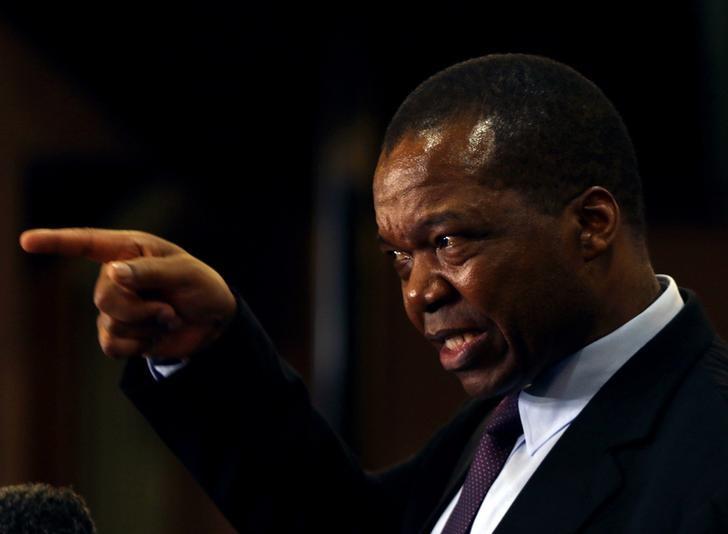US$400m facility won’t stabilise economy: OMIG
Last month, Reserve Bank of Zimbabwe (RBZ) governor John Mangudya revealed during the Afreximbank’s 30th annual meetings held in Ghana, that he had finished negotiating for a US$400 million facility to stabilise the economy.
OLD Mutual Investment Group (OMIG) says the US$400 million funding secured by the government from the African Export-Import Bank (Afreximbank) is insufficient to restore stability to the local currency.
Last month, Reserve Bank of Zimbabwe (RBZ) governor John Mangudya revealed during the Afreximbank’s 30th annual meetings held in Ghana, that he had finished negotiating for a US$400 million facility to stabilise the economy.
The economy has rapidly declined since May this year mostly owing to the depreciation of the Zimdollar which has shed 80% of its value against the greenback.
In an economic brief for June, the investment institution said the facility was not enough given the fact that the recovery of the economy needed to be long term.
“Zimbabwe recently secured a US$400 million facility from the African Export-Import Bank to boost its economy and facilitate essential developmental projects. The financial package is expected to play a crucial role in supporting the country’s efforts to address the prevailing economic challenges and promote sustainable growth,” OMIG said.
“Authorities cited the need for foreign currency resources to augment the measures government has put in place to stabilise and grow the economy. The Afreximbank facility offers a lifeline aimed at addressing pressing issues such as infrastructural development, trade finance and foreign currency shortages.”
The group said while the Afreximbank facility was a positive development for the country, there were other factors to consider.
“However, the US$400 million alone is seemingly insufficient to sustain the stability of the local currency and support long-term growth prospects. The authorities need to continue implementing measures to build foreign reserves, improve market confidence, and reduce external debt levels for sustained stability and growth,” OMIG said.
The financial package, according to the central bank, is expected to play a crucial role in supporting the country’s efforts to address the prevailing economic challenges and promote sustainable growth.
The depreciation of the local currency is as result of a huge increase in money supply which both Treasury and RBZ have reduced in three major ways. These are mopping excess liquidity on the market, increasing forex payments to civil servants and suppliers as well as creating demand for the Zimdollar by making more taxes payable in local currency.
“Zimbabwe’s economic outlook remains uncertain due to pending elections, rising inflation and currency depreciation,” OMIG said.
“While the recently secured Afreximbank facility offers a lifeline, sustained economic recovery will require a combination of political stability, comprehensive reforms, and measures to attract foreign investment. Only through proactive and effective policies can the country overcome its economic challenges and achieve sustainable growth.”
Zimbabwe is the third biggest shareholder in Afreximbank, after Nigeria and Egypt.-newsday











